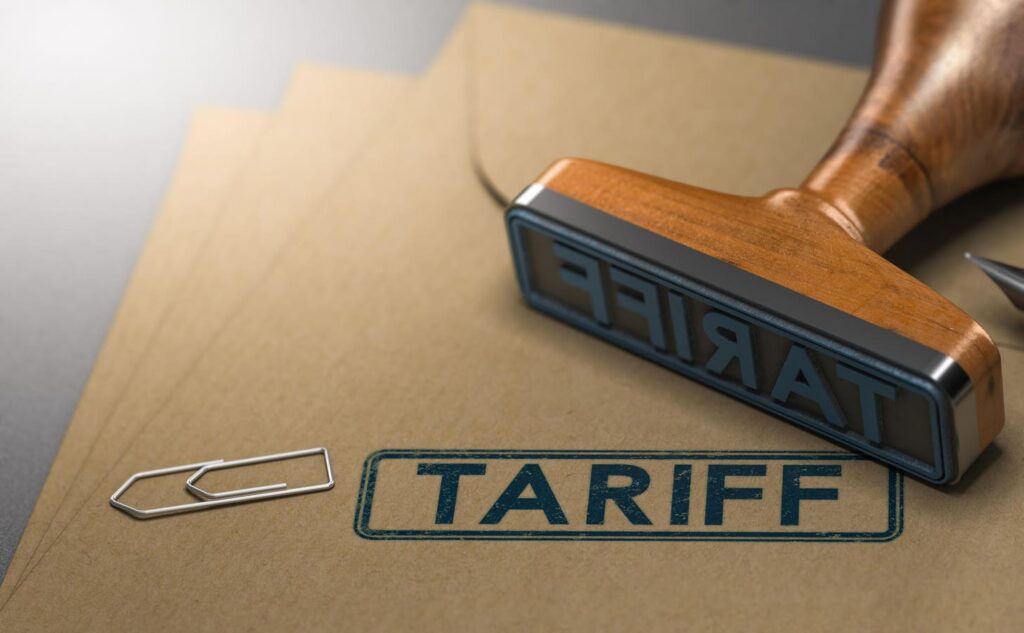Tariffs have become a significant component of international trade, influencing not just government policy but also the financial situations of consumers, investors, and workers. Defined as taxes imposed by a government on imported goods or services, tariffs primarily serve two purposes: they help protect domestic industries from foreign competition and generate revenue for the government. By raising the costs of foreign goods, tariffs encourage consumers to consider buying domestically produced products, which can contribute to the local economy. However, this protective measure also tends to lead to increased prices for consumers and can create broader economic imbalances. Understanding the intricacies of tariffs—especially the two main types, ad valorem and specific—can provide insights into their ripple effects on personal finance and the economy.
The immediate impact of tariffs often manifests as increased prices for goods and services, particularly for items heavily reliant on imports. For instance, when tariffs are imposed on imported electronics, the costs of devices such as smartphones and televisions rise, as these costs are typically passed down to consumers. This dynamic is not limited to consumer electronics; even raw materials like steel and aluminum see price increases, affecting a wide range of products, from automobiles to construction materials. Consequently, the rise in pricing contributes to inflation, diminishing consumers’ purchasing power and disproportionately impacting low- and middle-income households. As necessary expenses consume a larger portion of their budgets, families find it increasingly difficult to maintain their standard of living, further emphasizing the socio-economic implications of tariffs.
Beyond consumer prices, tariffs also induce market volatility and uncertainty, especially in sectors that rely on global supply chains. Companies in industries like automotive and technology may face heightened production costs, which can squeeze profit margins and negatively affect their stock prices. Investors are encouraged to keep a close eye on tariff developments, as these changes can cause substantial shifts in market sentiment. While sectors reliant on imports face declines, those benefiting from tariffs, such as domestic manufacturers, might experience short-term gains. This volatility can create opportunities for investors to reassess their portfolios, steering them toward less impacted sectors to mitigate risks related to trade disruptions.
The impact of tariffs on employment is multifaceted, benefiting some industries while adversely affecting others. Sectors protected by tariffs may experience job growth as domestic companies face less competition from cheaper imports, potentially leading to greater job security and wage increases for workers in those fields. Conversely, industries that experience cost increases due to tariffs may cut jobs or freeze wages as they attempt to offset rising expenses. The overall employment landscape becomes complex, with regional and industry-specific variations resulting in unequal impacts on job opportunities and income stability across the economy. Workers in tariff-impacted sectors become particularly vulnerable to financial insecurity as their job prospects diminish.
To mitigate the financial effects of tariffs and rising prices, individuals can adopt specific strategies. Firstly, monitoring and adjusting budgets becomes crucial, as individuals may need to shift spending from imported goods to domestically produced alternatives. Additionally, utilizing financial planning tools can help track expenses and navigate necessary adjustments for maintaining economic stability. Secondly, diversifying investments across various sectors and regions helps minimize risk exposure associated with particular industries affected by tariffs. A strategic approach may involve prioritizing investments in sectors less impacted by trade policies, such as healthcare and renewable energy.
Lastly, staying informed about trade policies and maintaining an emergency fund are essential components of effective financial planning amidst tariff volatility. Keeping abreast of tariff developments assists individuals in making well-informed financial decisions, particularly concerning potential inflation and job stability. Establishing a financial safety net that covers three to six months’ worth of living expenses enhances resilience against unforeseen economic disruptions. Ultimately, while tariffs are a critical tool in shaping international trade and protecting domestic industries, they also pose significant challenges and uncertainties. Those who proactively adapt their financial strategies can more effectively navigate the complexities associated with tariffs and their broader economic implications.

